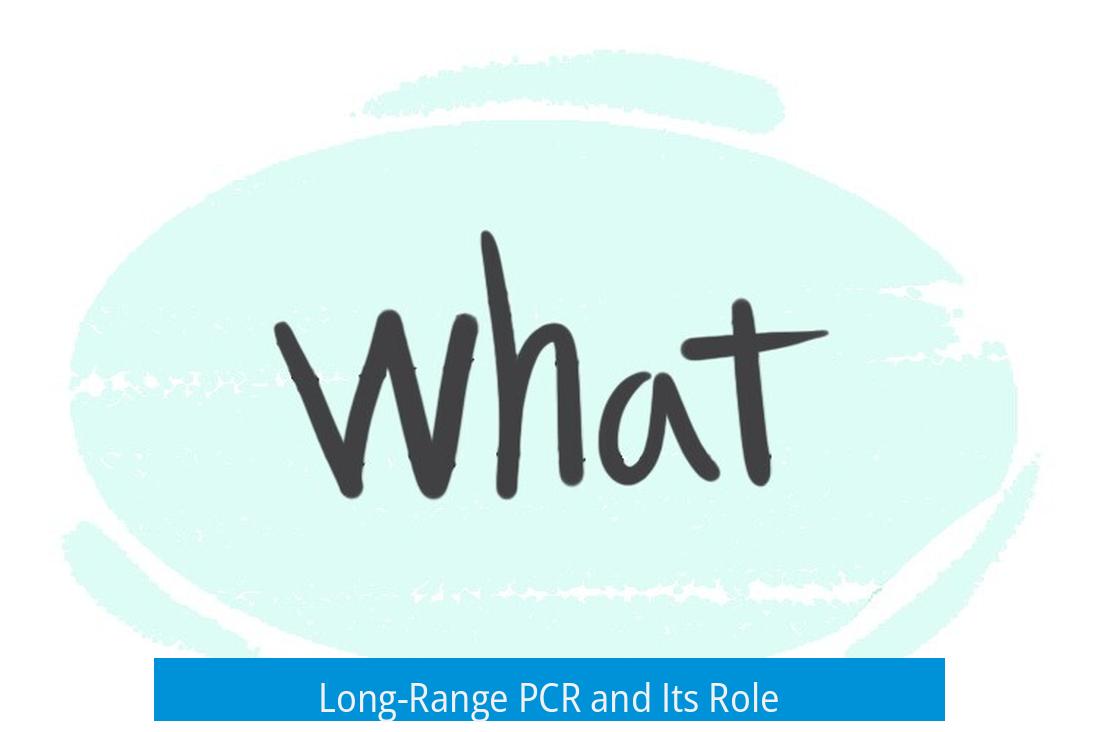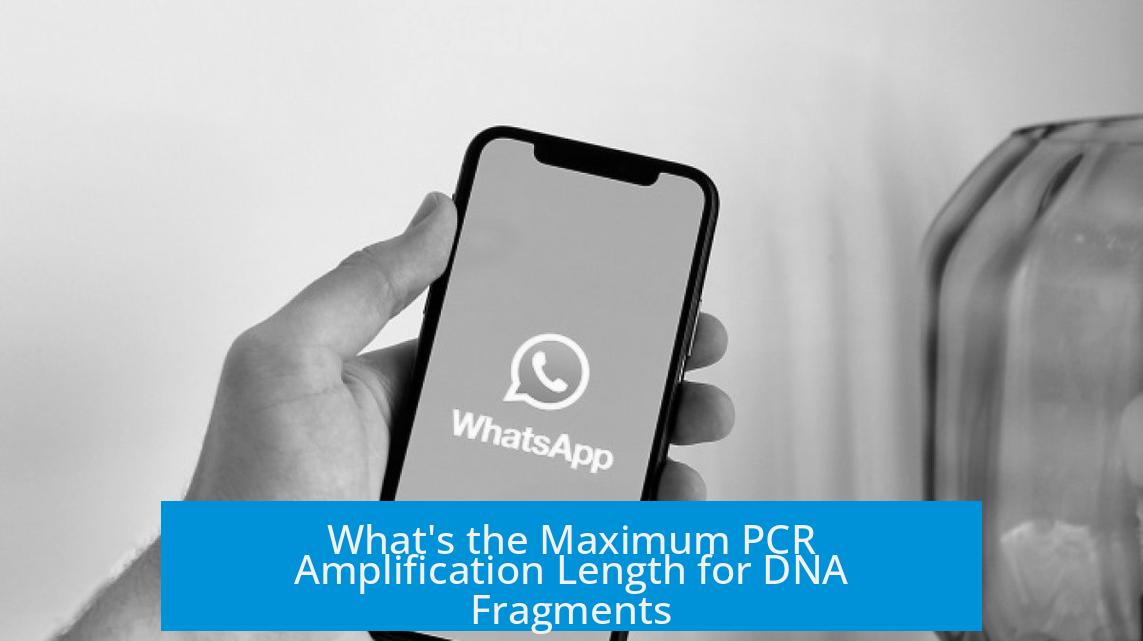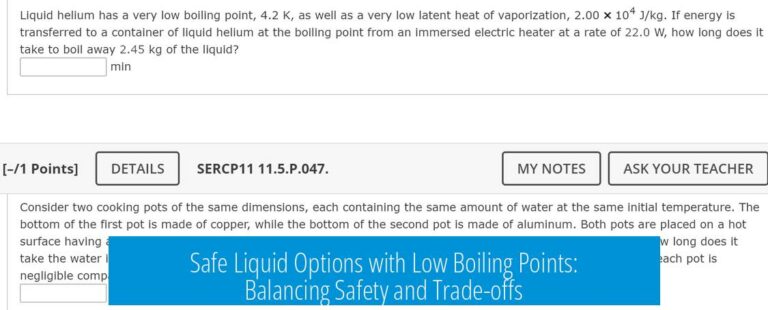What’s the Biggest Fragment PCR Can Amplify?

Polymerase chain reaction (PCR) can amplify DNA fragments up to approximately 16.5 kb under optimized conditions, with routine amplification of fragments between 5 kb and 15 kb using high-fidelity polymerases.
Typical Fragment Sizes with Common Polymerases
- Phusion polymerase commonly amplifies fragments around 5–6 kb with ease.
- Q5 polymerase routinely amplifies 10–15 kb plasmid fragments.
- KOD polymerase has demonstrated reliable amplification of fragments up to 8.6 kb.
Long-Range PCR and Its Role

For DNA targets longer than a few kilobases, specialized protocols called long-range or long-distance PCR are necessary. These methods utilize enhanced reaction mixes and polymerases designed for higher processivity.
Long-range polymerases, such as Kapa HiFi and the NEB Q5 master mix, combine high fidelity with the capacity to amplify long templates exceeding 10 kb.
Maximum Amplification Lengths
| Polymerase | Typical Maximum Fragment Size | Notes |
|---|---|---|
| Phusion | 5–6 kb (routine), up to 15 kb (reported) | Usually 45 sec/kb extension time |
| Q5 | 10–15 kb | Suitable for plasmid and genomic DNA |
| KOD | ~8.6 kb | High fidelity, reliable for moderate length |
| Long-Range Specialized Mixes | Up to 16.5 kb | Used routinely to amplify full human mitochondrial DNA |
The longest well-documented fragment amplified by PCR is human mitochondrial DNA (~16.5 kb). Achieving this requires increasing extension times per kilobase—commonly doubling the standard times—and strict adherence to manufacturer protocols.
Practical Guidance for Amplifying Large Fragments
- Consult the polymerase manufacturer’s instructions carefully to set cycling parameters and extension times.
- Sequence PCR products, particularly long ones, to confirm accuracy and identify potential mutations.
- Longer fragments typically need longer extension times, often about twice the time of standard PCR.
- Enzymes like Hi Taq polymerase might work but lack extensive documentation; high-fidelity enzymes are preferred.
Summary of Key Points
- Regular PCR amplifies fragments 5–15 kb using high-fidelity polymerases.
- Long-range PCR protocols enable amplification up to 16.5 kb, exemplified by mitochondrial DNA.
- Extension times need adjustment for longer targets, often doubled per kilobase.
- Manufacturer-specific protocols optimize success and fidelity for large fragments.
What is the largest DNA fragment typically amplified by standard PCR polymerases?
Standard polymerases like Phusion amplify fragments around 5-6 kb easily. Q5 polymerase can routinely handle 10-15 kb fragments. KOD polymerase is also effective up to about 8.6 kb.
Can PCR amplify fragments longer than 15 kb?
Yes, but it requires special long-range PCR protocols and enhanced reaction mixes. Human mitochondrial DNA at 16.5 kb is an example of a fragment amplified routinely with adapted methods and enzymes.
How do polymerase choice and extension time affect maximum fragment size?
High-fidelity polymerases allow for longer fragments, sometimes up to 15 kb. Extension time per kb must often be doubled compared to standard protocols to ensure complete amplification.
Are there recommended polymerases for long-range PCR?
Kapa HiFi and NEB Q5 are popular for long and high-fidelity amplification. KOD polymerase is also a reliable choice for fragments above 8 kb. Always check the manufacturer’s instructions for optimal results.
Is sequence verification important for long PCR fragments?
Yes, sequencing PCR products is essential for longer fragments to confirm accuracy. Errors can increase with fragment length despite using high-fidelity enzymes.




Leave a Comment